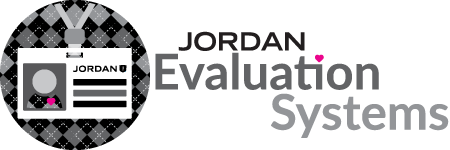Planning
Preparing Instruction
Indicator 51 – Learning Objectives/Goals
UETS 6 – The teacher plans instruction to support students in meeting rigorous learning goals by drawing upon knowledge of content areas, Utah Core Standards, instructional best practices, and the community context.
Effective teachers link learning activities to specific objectives, more broadly defined student outcomes and instructional assessment. They make certain these goals and objectives are based on the core curriculum adopted by the school, the district, or the state. Using data as an instructional decision-making tool, effective teachers can better identify the strengths and needs of an individual student and make adjustments in instruction accordingly. Educational research has shown that authentic learning experiences give learners the capacity to turn information into useful transferable knowledge. By situating knowledge within relevant contexts, an effective teacher enhances the learning.
IDEAS/SUGGESTIONS:
- Be prepared to show and discuss at least three lesson plans or learning activities that are systematically organized to address the same core standard. The lesson plans or activities could include the following:
- A lesson plan describing the activity and the objective it develops
- A student assignment showing the goal being met
- Graphic organizers used in a lesson
- A description of a lab, center activities, or a technology project
- Be prepared to share how goals and objectives are shared with students on a regular basis. Examples include:
- “I can” statement on the board
- The goal and/or objective posted for the lesson
- Statement of goals and/or objectives during the lesson
- Be prepared to show data of how students performed on the above learning activities such as:
- Grades on the assignment
- Anecdotal notes
- Rubric
- Be prepared to show how data was used to make needed adjustments in instruction. Adjustments could include:
- A review of the material before moving on
- A re-teaching activity
- An enrichment activity
- Be prepared to show how at least one of above learning activities is an authentic learning experience. An authentic learning experience requires students to apply the concepts they are learning to real-life situations. Examples include:
- Learning the value of different coins through a shopping activity
- Conducting lab experiments related to a science concept
- Using writing in authentic ways such as a letter to the editor, creating an advertisement, writing song lyrics, etc.
